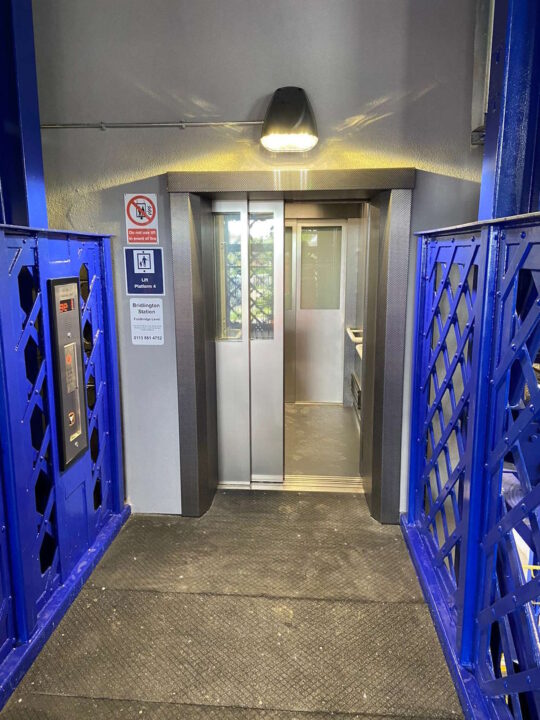Russian Railways (RZD) has taken its biggest hit of the past 15 years. Freight loading dropped by 4,1 per cent, equivalent to 51 million tonnes. Only a few types of freight managed to grow their loading volumes in the past year.
For comparison, loading dropped by 0,1 per cent in 2023, and in invasion year 2022 it dropped by 3,7 per cent. RZD was initially hoping to load 1,265 million tonnes of freight, but the counter got stuck at 1,181 million tonnes – 51 million tonnes fewer than in 2023.
Almost all types of freight declined in terms of loading, including the ever important coal, which accounts for approximately a third of RZD’s transportation. Coal loading shrunk by 5,4 per cent over the past year. Among the biggest losing categories were ferrous metals (-9,3 per cent) and construction materials (-14,5 per cent).
The only freight categories to grow their loading volumes in 2024 were containers (1,1 per cent), coked coal (2,3 per cent) and fertilisers (6,2 per cent).
Glaring issues
RZD’s ability to transport freight has been on the decline, because it is struggling to resolve a myriad of glaring issues. For one, the company has a locomotive shortage. There are not enough spare parts due to sanctions, while there is also insufficient qualified personnel to provide maintenance services.
Another persistent problem is the driver shortage, which has now run in the thousands: according to RZD itself, it needs 2,500 more drivers to meet its demand. The shortages are taking a toll on RZD’s ability to transport freight around the country.
